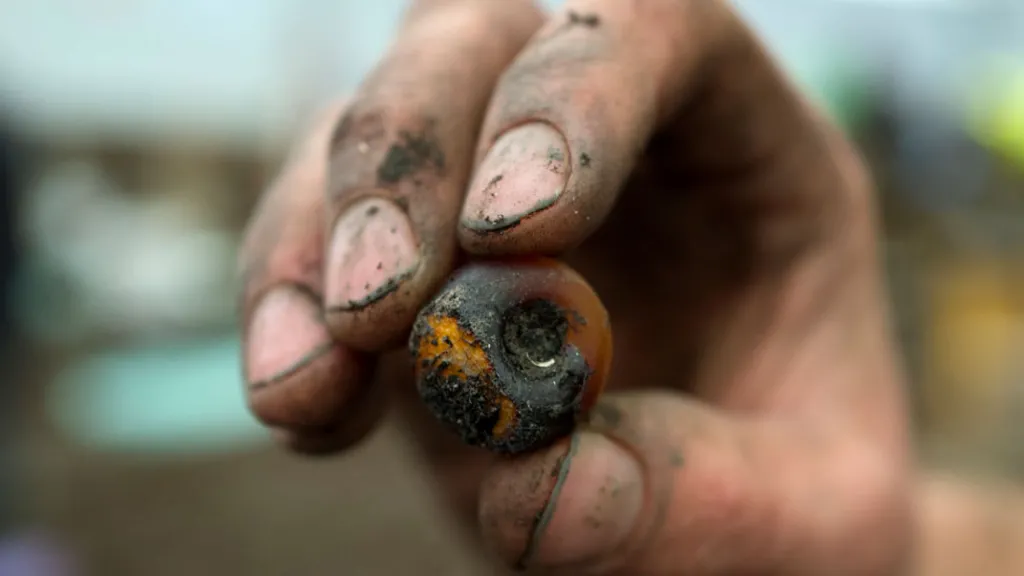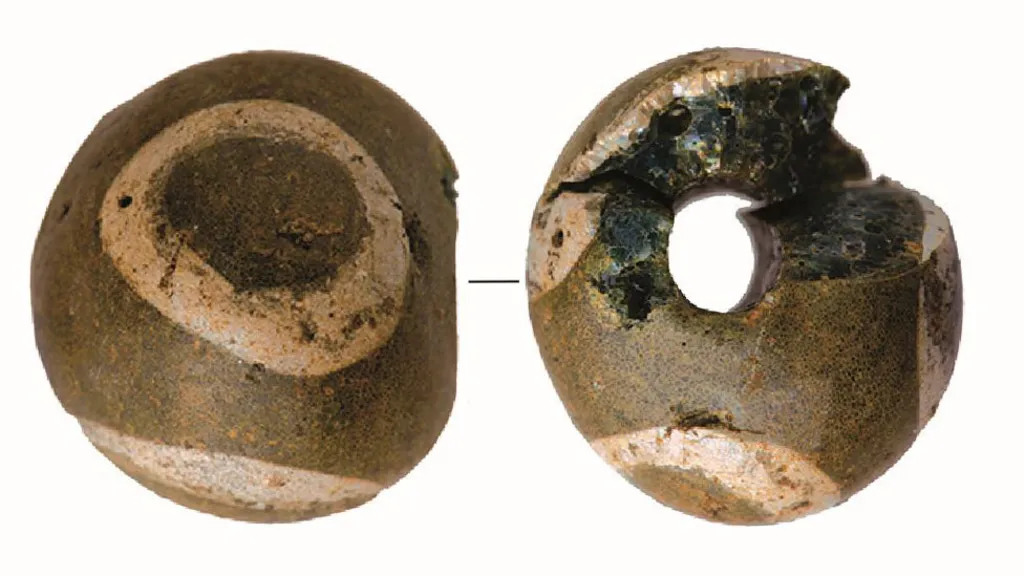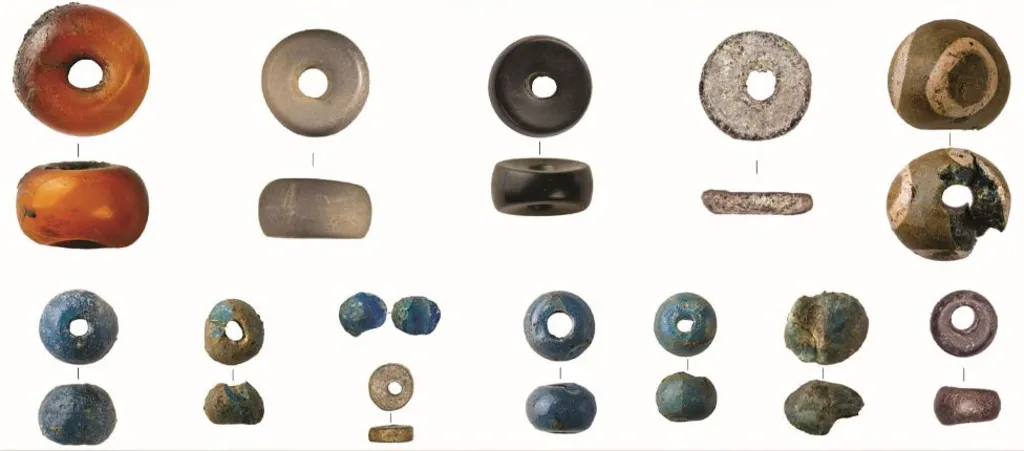
British archaeologists find Iranian glass beads in ‘Britain’s Pompeii’
British archaeologists have discovered Iranian glass beads in a Bronze Age settlement dubbed ‘Britain’s Pompeii’.
The so-called Pompeii of Britain is a Bronze Age settlement known as Must Farm in Cambridgeshire, England.
Dating from 1200-800 BC, the settlement was abruptly abandoned after a fire and thus very well preserved.
Excavations in 2016 unearthed circular wooden houses, pottery, tools and other everyday objects.

The glass beads were found among well-preserved items burnt in a quarry unearthed in a 3,000-year-old village in Whittlesey, near Peterborough.
The presence of Iranian glass beads reveals the “really cosmopolitan connections” of Must Farm’s inhabitants, prehistoric jewelry expert Alison Sheridan said.
“Some of the beads must have been taken from northern Britain and possibly even Ireland, while the glass came a long, long way across the sea,” she said.

The researchers contributed to the necklace and bead report as part of a post-excavation analysis published by the McDonald Institute for Archaeological Research.
According to Dr. Sheridan and co-author Julian Henderson, it contained “by far the largest find of glass beads from any Late Bronze Age context in Britain”.
According to Prof. Henderson, an expert in ancient technologies at the University of Nottingham, the glass from 48 beads most likely came from Iran. The glass of the 49th bead came from Egypt.

While examining non-glass beads, Dr. Sheridan came across an amber bead that caught his attention with its bright yellow color and perfect shape. Although amber usually burns in fire, this bead had miraculously survived intact.
It is possible that this slightly burnt bead was brought from Scandinavia and made into beads in Ireland.
In addition to these finds, Dr. Sheridan says that they also found the only faience (glazed ceramic) bead from the late Bronze Age in Britain, and that the pewter bead is an extremely rare find because pewter tends to oxidize and disappear over time.
Cover Photo: Cambridge Archaeological Unit
You may also like
- A 1700-year-old statue of Pan unearthed during the excavations at Polyeuktos in İstanbul
- The granary was found in the ancient city of Sebaste, founded by the first Roman emperor Augustus
- Donalar Kale Kapı Rock Tomb or Donalar Rock Tomb
- Theater emerges as works continue in ancient city of Perinthos
- Urartian King Argishti’s bronze shield revealed the name of an unknown country
- The religious center of Lycia, the ancient city of Letoon
- Who were the Luwians?
- A new study brings a fresh perspective on the Anatolian origin of the Indo-European languages
- Perhaps the oldest thermal treatment center in the world, which has been in continuous use for 2000 years -Basilica Therma Roman Bath or King’s Daughter-
- The largest synagogue of the ancient world, located in the ancient city of Sardis, is being restored











Leave a Reply